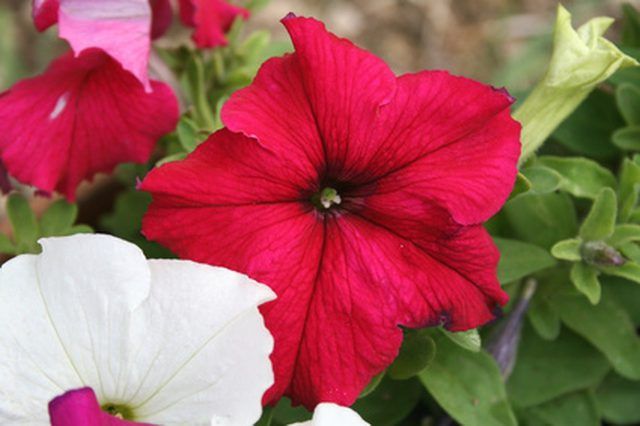Bulbs
Flower Basics
Flower Beds & Specialty Gardens
Flower Garden
Garden Furniture
Garden Gnomes
Garden Seeds
Garden Sheds
Garden Statues
Garden Tools & Supplies
Gardening Basics
Green & Organic
Groundcovers & Vines
Growing Annuals
Growing Basil
Growing Beans
Growing Berries
Growing Blueberries
Growing Cactus
Growing Corn
Growing Cotton
Growing Edibles
Growing Flowers
Growing Garlic
Growing Grapes
Growing Grass
Growing Herbs
Growing Jasmine
Growing Mint
Growing Mushrooms
Orchids
Growing Peanuts
Growing Perennials
Growing Plants
Growing Rosemary
Growing Roses
Growing Strawberries
Growing Sunflowers
Growing Thyme
Growing Tomatoes
Growing Tulips
Growing Vegetables
Herb Basics
Herb Garden
Indoor Growing
Landscaping Basics
Landscaping Patios
Landscaping Plants
Landscaping Shrubs
Landscaping Trees
Landscaping Walks & Pathways
Lawn Basics
Lawn Maintenance
Lawn Mowers
Lawn Ornaments
Lawn Planting
Lawn Tools
Outdoor Growing
Overall Landscape Planning
Pests, Weeds & Problems
Plant Basics
Rock Garden
Rose Garden
Shrubs
Soil
Specialty Gardens
Trees
Vegetable Garden
Yard Maintenance
How to Care for Leggy Petunias
How to Care for Leggy Petunias. Petunias, known scientifically as Petunia x hybrida, are herbaceous perennial flowering plants that, due to their tender nature, are grown as annuals in most of the United States. When their growing conditions are not ideal, petunias often become all foliage and few flowers, earning them the nickname leggy petunias....

Petunias, known scientifically as Petunia x hybrida, are herbaceous perennial flowering plants that, due to their tender nature, are grown as annuals in most of the United States. When their growing conditions are not ideal, petunias often become all foliage and few flowers, earning them the nickname leggy petunias. As a gardener, there are several things you can do to correct the legginess of your petunias. With a little special care, you'll have beautiful petunias that are the envy of your neighborhood.
Things You'll Need
Shovel
Watering can
Aged manure
Rotted leaves
Peat moss
Pruning shears
10-10-10 fertilizer
Plant your petunias in a location that receives six to eight hours of full sunlight each day. If you live in a particularly warm climate, it's a good idea to plant your petunias in a location where they can receive partial shade from the hot afternoon sun.
Deadhead your petunias by pinching or snipping off spent blossoms to encourage your plant to produce healthy new blooms.
Water your petunias less frequently if their foliage becomes leggy. Petunias will often become leggy in response to being over-watered. Water your petunias, as needed, to keep their soil just slightly moist. Allow the top 1/2 inch of soil to dry out between watering to avoid giving your petunias too much moisture.
Enrich and aerate the soil at your planting location to improve drainage if you notice standing water at the base of your petunias. Hand till amendments like aged manure, rotted leaves and peat moss into the top 3 inches of soil around your petunias.
Cut the stems of your petunia plant back to half their length in midsummer to encourage your petunias to produce new growth. Water your petunias and fertilize them with a balanced 10-10-10 fertilizer after pruning.
Tips & Warnings
Growing a different variety of petunia can eliminate your problem of having petunias with leggy foliage. Petunia varieties that grow without becoming leggy include cultivars from the Wave series, as well as the Supertunia, Petitunia, Sanguna, Tiny Tunia, Plush and Suncatcher varieties.
Monitor your petunias for aphids and other insect activity. Treat your flowers with a garden insecticide, if necessary.